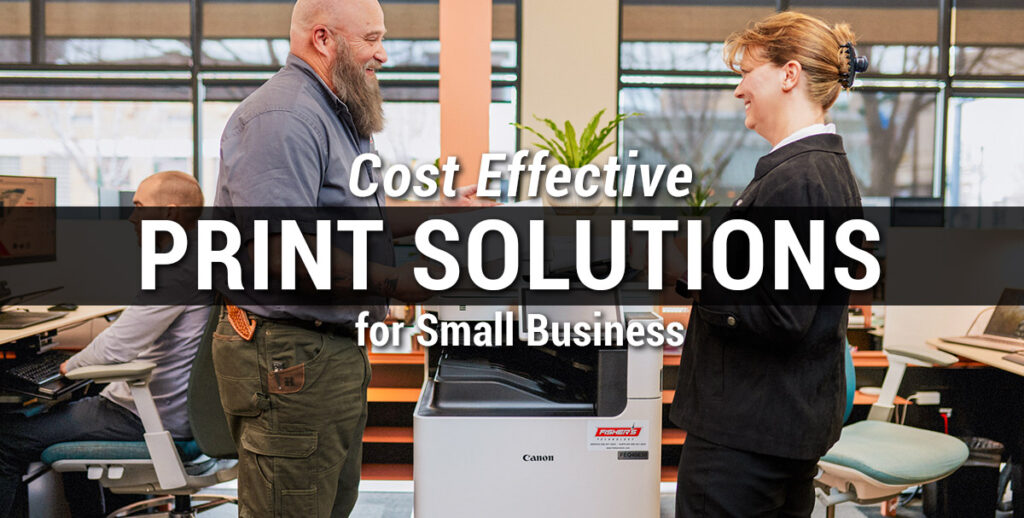Printing costs can add up quickly—whether for marketing materials, office documents, or product packaging.
By optimising workflows, selecting the right materials, and outsourcing strategically, you can cut costs without sacrificing quality. Here are practical ways to save:
1. Optimise Your Print Workflow
✅ Go Digital When Possible – Reduce unnecessary printing by using digital formats for reports, invoices, and presentations.
✅ Batch Printing – Print in bulk rather than in small batches to take advantage of economies of scale.
✅ Standardise Print Sizes – Custom sizes increase costs; stick to standard dimensions (e.g., A4 for brochures, A6 for postcards).
✅ Choose the Right Print Method –
- Use digital printing for small runs and personalisation.
- Use offset printing for large-scale printing to lower per-unit costs.
2. Choose Cost-Effective Materials
✅ Paper Selection Matters
- Lighter weight paper (e.g., 80-100 GSM) for internal documents saves money compared to premium stocks.
- Matte finishes are often cheaper than glossy options.
- Recycled paper can sometimes be more affordable while supporting sustainability.
✅ Limit Ink Usage
- Print in grayscale when colour isn’t necessary.
- Reduce ink-heavy designs (avoid large solid colour areas and full-page images).
- Use eco-friendly, cost-effective inks (soy-based inks for high-volume jobs).
3. Leverage Outsourcing & Bulk Orders
✅ Work with a Trusted Print Provider
- Outsourcing to a high-volume print shop often lowers per-unit costs vs. in-house printing.
- Get quotes from multiple providers to compare pricing and services.
✅ Use Print-On-Demand Services
- Ideal for books, marketing materials, or branded merchandise, only printing what you need rather than overstocking.
- Reduces storage costs and eliminates waste from outdated materials.
✅ Negotiate Bulk Discounts
- If printing frequently, order in larger quantities or set up a retainer agreement for better pricing.
4. Reduce Waste & Maximise Efficiency
✅ Proof Before Printing – Always request a digital or hard proof to catch errors before full production.
✅ Use Double-Sided Printing – Cuts paper use by 50% for internal documents and brochures.
✅ Print Only What You Need – Avoid over-ordering and update designs only when necessary.
5. Smart Design Choices to Save Costs
✅ Stick to Standard Ink Colours – Custom Pantone colours can increase costs.
✅ Avoid Excessive Finishing – While embossing, foiling, and UV coatings add flair, they also add cost.
✅ Use Efficient Layouts – Optimise print layouts to reduce paper waste (e.g., fitting multiple designs on one sheet).
Final Takeaway
✔️ Small businesses should use digital printing and print-on-demand to avoid excess costs.
✔️ Larger businesses should invest in offset printing and bulk ordering for long-term savings.
✔️ Everyone can save by optimising designs, reducing ink usage, and choosing the right materials.


No comments yet.